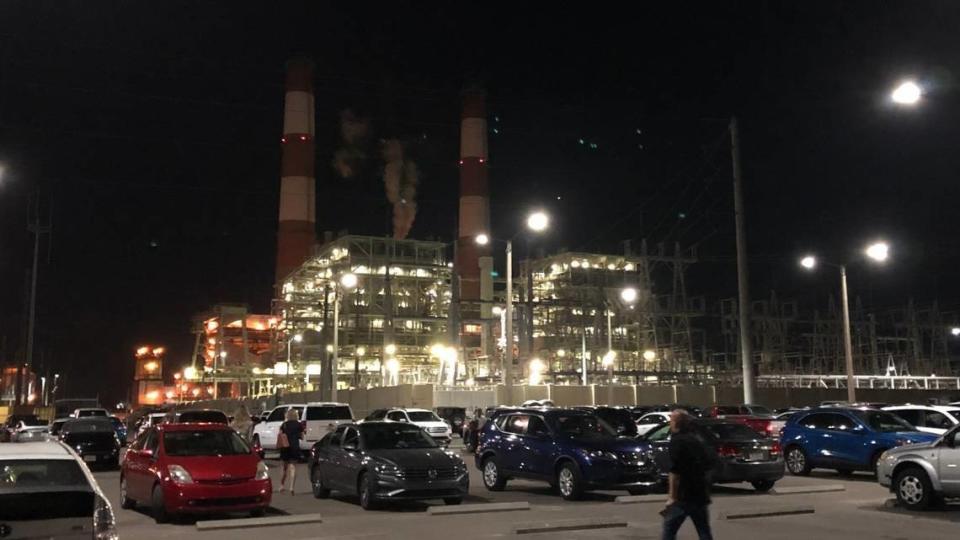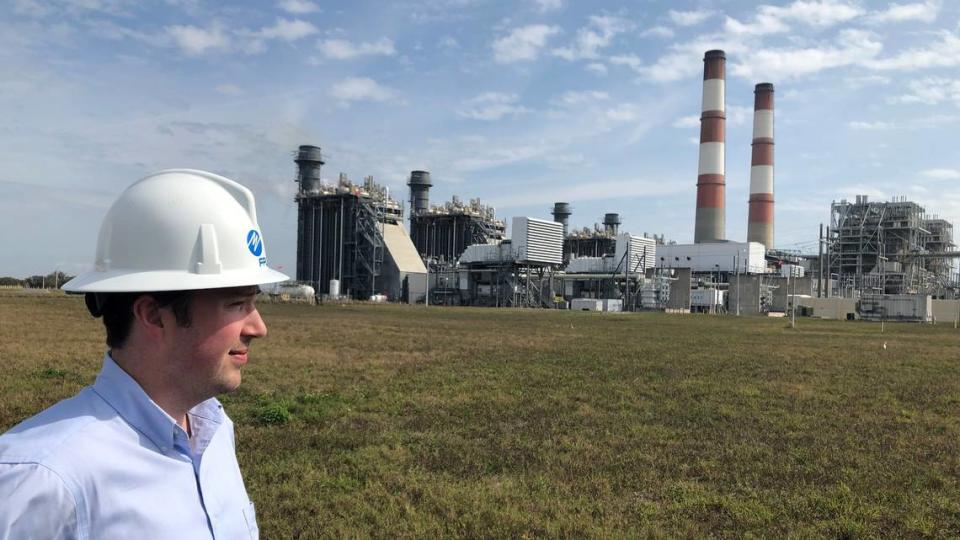FPL continues solar energy plant investments with 2 more Manatee County facilities
Florida Power & Light Company, which has waged a protracted, behind-the-scenes battle to limit the rooftop solar industry, is pushing ahead with solar energy expansion plans of its own in the Bradenton area.
The company already operates over 1 million solar panels in Manatee County. Under construction are FPL’s fifth and sixth solar energy plants in Manatee County, including the FPL Three Creeks Solar Energy Center and the FPL Sambucus Solar Energy Center.
FPL’s Three Creeks Solar Energy Center is being built on 922 acres off State Road 62, midway between Parrish and Duette. It is planned as a 74.5-megawatt solar energy center with more than 200,000 photovoltaic solar panels.
The Sambucus plant is being built on 647 acres south of State Road 64, near the Hardee County line. It would have the same generating capacity as Three Creeks.
Other FPL solar plants in Manatee County include:
▪ The FPL Manatee Solar Energy Center in Parrish, which opened in 2016 at 19050 State Road 62.
▪ The FPL Southfork Solar Energy Center, which started operations in 2020, at 34305 State Road 62, Parrish.
▪ The FPL Willow Solar Energy Center, which started operations in 2021, at 44300 State Road 64 E., Myakka City.
▪ The FPL Elder Branch Solar Energy Center, which started operations in 2022, at 28800 State Road 62, Parrish.
FPL has 20 new solar sites under construction statewide. These solar sites feed electricity to the power grid for households and businesses to use, according to FPL. Solar power can also be stored and sent to the grid at times when electricity is in high demand.

FPL continues solar-power investments
In December 2021, FPL unveiled what it billed as the world’s largest solar-powered battery at its Manatee Solar Energy Center with a night-time light show.
FPL, which is a state-regulated monopoly according to the Energy and Policy Institute, hasn’t been as public with some of its activities regarding the rooftop solar industry.
In 2016, FPL and other state utilities spent more than $20 million on a failed constitutional amendment to impose new barriers to the expansion of rooftop solar energy generation.

The ballot initiative deceived voters into believing this is a pro-solar measure when it could accomplish the exact opposite by restricting the market for rooftop solar and obstructing growth in the solar market, a 2016 Bradenton Herald editorial said.
“Deceptive television commercials and mailers, bankrolled by Florida’s utility industry giants, tout Amendment 1 as a way to allow property owners to ‘strengthen your right to generate your own solar energy ... protect consumers, particularly our seniors, from scam artists ... and protect consumers who don’t choose solar from having to pay higher monthly electric bills,’” the editorial said.
In 2022, Gov. Ron DeSantis vetoed a bill that would have allowed utilities to impose additional charges to recover lost revenue resulting from residential solar generation that exceeds estimates by public utilities.
“The amount that might be recovered under this provision is speculative and would be borne by all customers,” DeSantis wrote in his veto.
“Given that the United States is experiencing its worst inflation in 40 years and that consumers have seen steep increases in the price of gas and groceries, as well as escalating bills, the state of Florida should not contribute to the financial crunch that our citizens are experiencing,” DeSantis wrote.
Marshall Gobuty, developer of Hunters Point, a 14-acre net zero community at 12444 Cortez Road W., said it has been a struggle dealing with FPL’s top executives over power generated by the homes there.
“Actually it’s beyond impossible,” Gobuty said.
“FPL is not interested in monetizing power generated by rooftop solar,” he said.
While residents at Hunters Point receive an offset to their bill for excess power sent to the grid, they should receive a monetary payment, Gobuty said.
“The question is why not?” he said.
Excess energy generated by rooftop solar feeds back into the grid and is used by consumers like any other power.
The two new FPL solar sites in Manatee County will bring approximately 400 jobs to the county during peak construction, FPL said.
“We’re excited to bring more of the benefits of solar energy to our customers and the communities where these sites operate. New FPL SolarTogether sites entering service will help subscribers to our community solar program reduce their electric bills. We will continue to invest in new solar technology that harnesses Florida’s abundant sunshine, on behalf of our customers,” Brandon Stankiewicz, FPL vice president of Universal Solar, said in a press release.
More about SolarTogether
Customers can learn more about the program at FPL.com/SolarTogether. Benefits of this program include the ability to participate whether you rent or own your home or business, no up-front investment, no solar panels installed on your roof and you can take your subscription if you relocate within the FPL service area.

